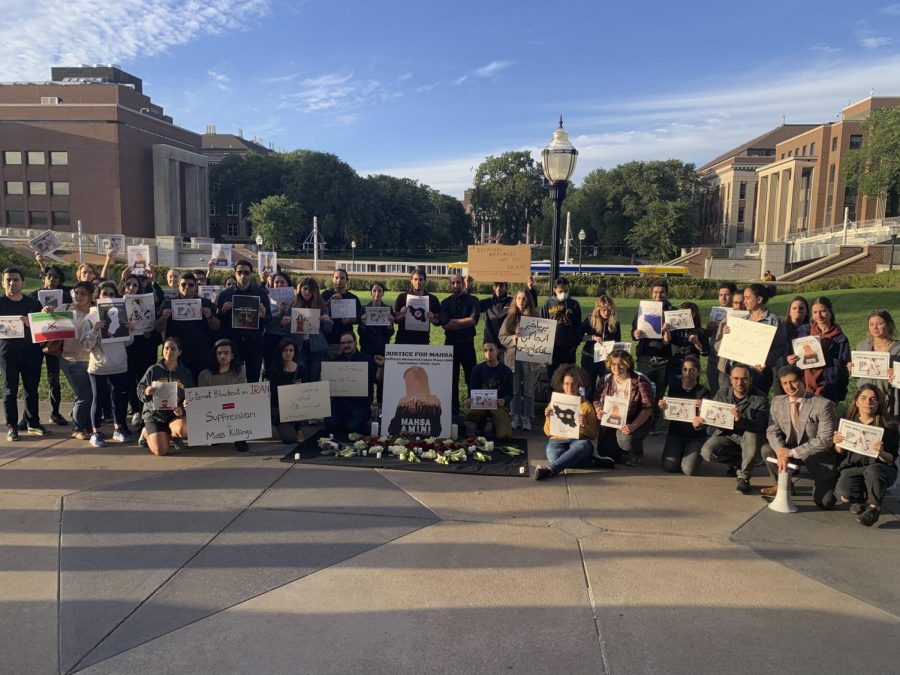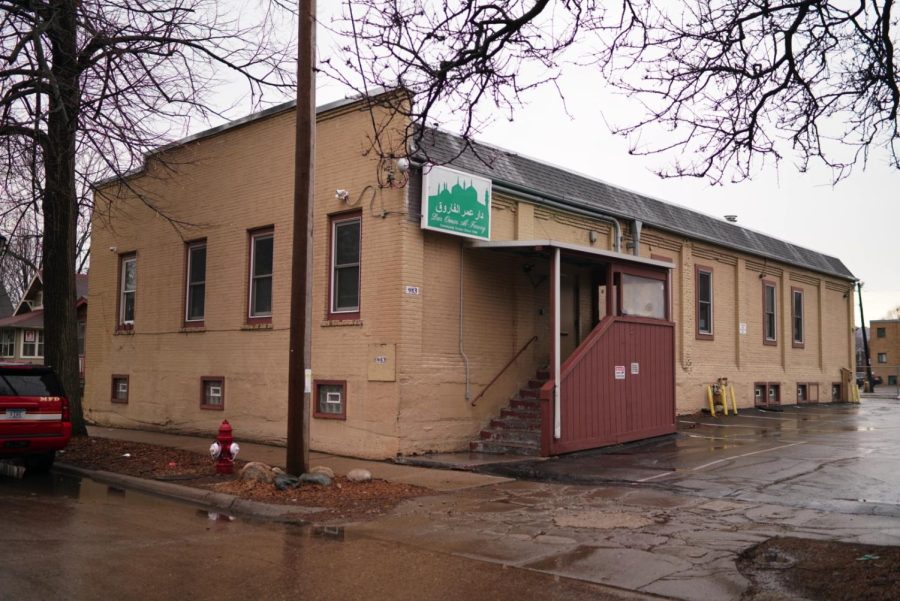N By John J. Goldman
 EW YORK – The first major snow and ice storm of the season moved up the East Coast on Thursday, forcing schools and airports to close, sending cars and trucks skidding on slick roads and snapping power lines.
EW YORK – The first major snow and ice storm of the season moved up the East Coast on Thursday, forcing schools and airports to close, sending cars and trucks skidding on slick roads and snapping power lines.
Fog in some places added to the hazards of driving as the National Weather Service warned of reduced visibility and possible whiteouts caused by heavy snowfall.
So far the storm, which crossed the southern Plains earlier in the week, then moved from the Texas Panhandle to Virginia on Wednesday before continuing to the Northeast, has killed at least 18 people – mostly in motor vehicle accidents.
At least 76 accidents were reported Thursday on the New Jersey Turnpike alone, and more than 1.6 million homes and businesses were without electricity from the Carolinas to Oklahoma.
In Durham, N.C., faculty members and their families carrying sleeping bags took refuge at Duke University’s Law School, which has its own generator, said Erwin Chemerinsky, a visiting constitutional law professor from the University of Southern California.
Chemerinsky said the only food available was at a nearby Kentucky Fried Chicken franchise, where people waited 90 minutes in line to be served. He said his family planned to spend Thursday night in sleeping bags at the school.
Typical of the problems facing many commuters was Lisa Rafanelli’s tense journey to her job as an art history teacher at Manhattanville College in Westchester County, N.Y. It is usually less than an hour’s drive from New York City.
“It took me two hours to get there and 2 1/2 hours to get home,” she said after parking her snow-covered car in an East Side Manhattan garage. “There were a lot of people stranded on the side of the road.”
The storm sharply curtailed air traffic, and caused concern for passengers aboard an early-morning Delta Air Lines shuttle bound for Washington, D.C.
It took off on time from New York’s La Guardia Airport and reached the nation’s capital, only to find that snow had closed Reagan National Airport. The plane returned to LaGuardia, but that field had also been shut down. Finally, the aircraft touched down at Hartford, Conn.
The force of the storm, which coated windshields within minutes, caught the New York Sanitation Department by surprise. Officials doubled the number of snowplows on the street to 800, but some main thoroughfares were not cleaned until early evening. Mayor Michael Bloomberg estimated that the storm would cost the city – which is already facing serious financial difficulties – $1 million for each inch of snow. The National Weather Service said by the time the snowfall was expected to end Thursday evening, New York would have 6 to 8 inches.
The storm’s effects were felt most harshly in the Carolinas. The weight of ice snapped tree limbs like twigs and easily toppled power lines.
Duke Power reported about 1.2 million homes and businesses were without electricity in North and South Carolina, and told customers it could be days before full service was restored.
Other utilities said there were blackouts in portions of Arkansas, Kentucky, Virginia, West Virginia and Oklahoma.
Flights were delayed and canceled along the East Coast. In New Jersey at Newark Liberty International Airport, arrivals and departures were at least two hours late. Atlantic City’s airport was forced to shut for 35 minutes because of ice on its only runway.
In Washington, government offices were open, but in some cases with reduced staffs. Many offices allowed employees to take the day off or leave early if they needed to. Most area schools were closed by the first snowfall to blanket the capital in almost two years.
As darkness approached, families made their way through heavy security to the Ellipse, where President Bush lit the national Christmas tree.







